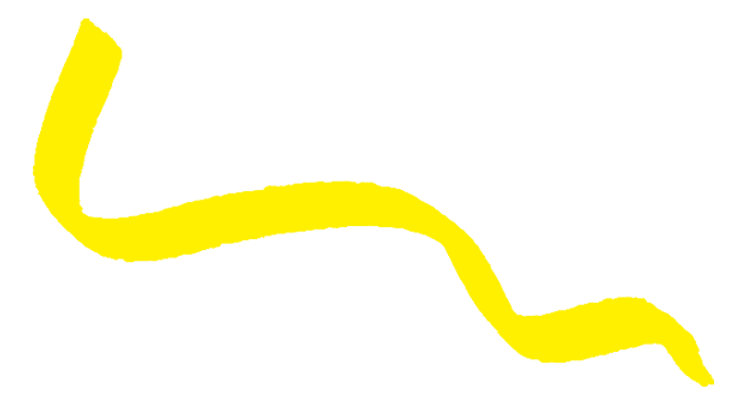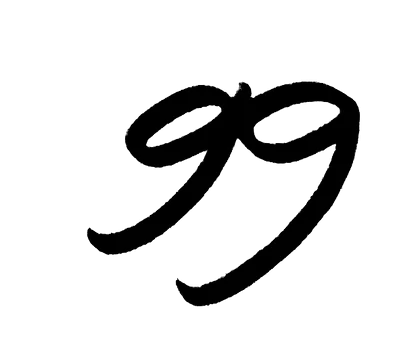There are different treatment options for Waldenstrom’s macroglobulinaemia available for to you, depending on your personal circumstances.



A type of drug, or combination of drugs, that kills off cancer cells. Most people with Waldenstrom’s macroglobulinaemia will be offered chemotherapy as a first-line treatment, often combined with a type of drug called a monoclonal antibody. The most common combinations of chemotherapy that have proven to be effective in treating WM are known as DRC and BR.
A type of drug that targets certain proteins in cancer cells. The drug ‘sticks’ to the proteins, which can trigger your body’s immune system to help destroy the cancer cells. The most common monoclonal antibody therapy used in treating people with Waldenstrom’s macroglobulinaemia is rituximab, and is used in combination with chemotherapy drugs.
These treatments target proteins in cancer cells to kill them or stop them from growing. Unlike chemotherapy – which kills cancerous and healthy cells – targeted therapies have been designed to target only the cancer cells. This can lead to fewer side effects than chemotherapy, and a kinder treatment.The most common targeted therapies you might hear about are BTK inhibitors like zanubrutinib and ibrutinib.
This is procedure replaces damaged cells in your body with healthy cells. It is an intensive treatment that is only offered as second- or third-line treatment and isn’t suitable for everyone.
This is a new type of treatment where cells known as T-cells are taken from your body and modified in a laboratory. The modified cells known as CAR T-cells are then put back into your body, where they target and kill cancer cells. This treatment is very intensive and comes with a number of serious side effects. It’s not currently offered to people with Waldenstrom’s macroglobulinaemia, but is likely to appear in clinical trials in the future.
Your body naturally produces a type of hormone called steroids. They play an important part in bodily functions like regulating your blood pressure and fighting infection. Your doctor may offer you steroids as a part of your treatment, as they can help other drugs to destroy the cancer cells and make chemotherapy more effective.
Treatments are sometimes a combination of drugs. These are known as regimens. You’ll have the drugs at one point in the cycle, before having a period of not taking them. Because treatment can have side effects or be harsh on your body, cycles give your body time to recover. Cycles vary in length depending on what drugs you are taking.
Waldenstrom’s macroglobulinaemia is likely to come back, known as ‘relapsing’. However, because WM is slow-growing, it can take many years for it to relapse. Your healthcare team might pick up that your WM relapses before you develop symptoms. When it does come back, there are still treatment options available, and your doctor will talk these through with you.